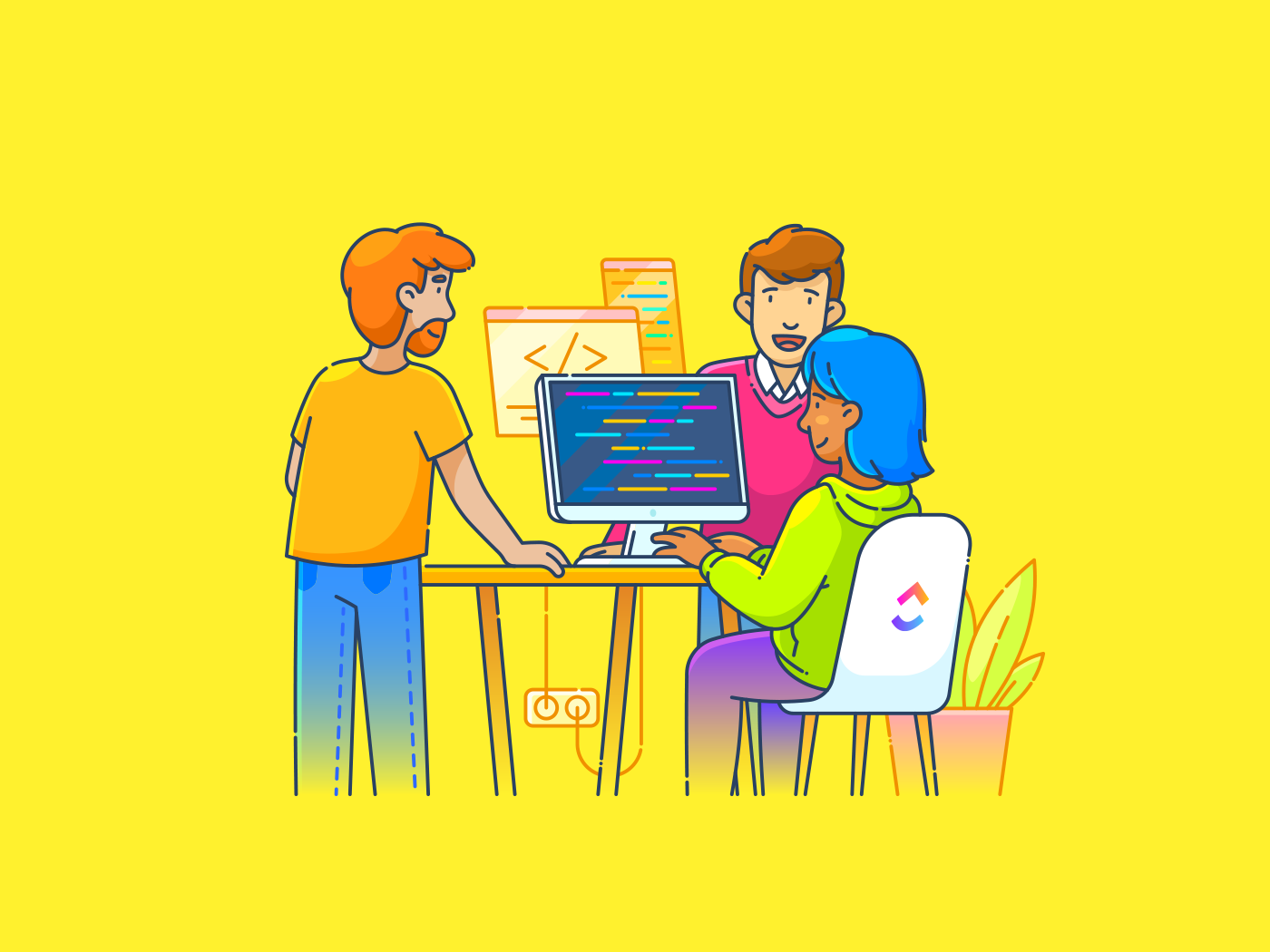It’s become increasingly difficult to traverse any digital landscape without being inundated with either the topic of AI or an image, video, or content created with its assistance. As expected, AI has ingratiated itself within the fabric of life and business with nearly every tech company imaginable releasing an AI tool, feature, or product.
2024 was a big year for the mass adoption and integration of artificial intelligence for marketing professionals. Within the major ad platforms themselves we saw AI become readily available in nearly every aspect of campaign creation with AI: targeting, recommended ad copy variations, optimizations, and more. So where do we go from here? What direction can we expect AI marketing to take in 2025?
In this article, I will walk through my top five AI marketing trends for the new year and a few others I’m tracking.
Contents
- Hyper-personalization will happen at scale
- AI-powered content creation will mature
- Predictive analytics will become non-negotiable
- AI-optimized ad campaigns will become the norm
- Cookieless targeting and AI-driven audience segmentation will grow
- More AI marketing trends to keep an eye on
The top 5 AI marketing trends for 2025
Let’s dive deeper into each one and what it means for your business.
1. Hyper-personalization will happen at scale
AI models are becoming more powerful by the day, processing vast amounts of data (for a multitude of reasons), particularly consumer behavior patterns. Tools like Dynamic Yield and Adobe Target are enabling marketers to make real-time adjustments to their customers’ (and potential customers’) experiences.
Tools like Dynamic Yield allow you to learn about your visitors, what they like, what they click on, and how they behave. They can then customize the customer experience in real-time.
For example, imagine you’re running an online clothing store. Dynamic Yield notices one visitor has been browsing jackets. The next time they visit, the homepage automatically shows them the newest jackets on sale. For someone else who loves shoes, the homepage highlights shoes instead. This technology has been used on platforms like Meta Ads for a long time now and is incredibly effective, applying this same logic to a website or landing pages while utilizing AI is a game changer for businesses.

Tools and apps like Adobe Target are like digital experiment labs for marketers. They help you A/B test and determine what works best on your website or app for different types of users.
For example, you want to decide which headline for your website is better: “Shop Our Latest Winter Collection” or “Get Cozy: Winter Styles are Here!” Adobe Target lets you show different headlines to different groups of people and tells you which one gets more clicks or sales. Again, this technology has existed for some time, however, with the usage of AI much of the manual labor is removed from the process.
The bottom line
Both of these technologies have been made available on platforms like Meta and Google Ads enabling dynamic headlines and creative, AI-generated suggestions, dynamic remarketing, etc.
All of these advancements in testing and personalization have had massive impacts on performance and success of digital marketing campaigns. Applying that logic to your business website and you can have an entirely personalized experience for users from start to finish. AI can and is improving conversion rates throughout the marketing funnel.
🚀 Want to learn how AI can supercharge your ads strategy? Free guide >> 9 Powerful Ways to Use AI in Google & Facebook Ads
2. AI-powered content creation will mature
This one is a little bit more controversial, but I do believe it will persist, evolve, and be the inevitable future of how we distribute and consume marketing content. When I say “AI-powered content creation,” that involves using artificial intelligence tools to generate written, visual, and even audio content for marketing campaigns.
Over the past couple of years, my stance has been that AI-powered content creation is ideally used as an assistant to what you’re trying to accomplish rather than something you can rely on to do all of the work for you. Although I do still feel this way, I will admit that AI tools like ChatGPT, Jasper, Canva AI, and Runway ML have become smarter, faster, and increasingly indistinguishable from human-made work.


Our senior copywriter Rob Glover tested AI tool Claude to generate analogies he could incorporate into content.
Generative AI is expanding beyond test, enabling marketers to create videos, music, 3D visuals, and interactive content effortlessly. This is huge for creating new assets (no matter what the medium) because of how time-consuming and difficult these processes can be. With AI tools, marketers can create marketing materials much faster and launch new campaigns with ease.
The bottom line
I still believe that there should be considerable human oversight on what is produced and what the finished product looks like. I believe AI can do much of the heavy lifting but a talented marketer with great judgement can fine-tune the AI generated content to ensure that it is of great quality and fits the business aesthetic, tone, and desired perception.
3. Predictive analytics will become non-negotiable
Predictive analytics uses AI and machine learning to analyze historical data and make predictions about future outcomes. This ability helps marketers anticipate customer behavior and allocate budgets effectively. This has been increasingly used on paid media platforms like Meta Ads and Google Ads to “maximize” the results that you are looking for.
In Meta Ads for example, if you have a campaign looking to maximize leads for the highest volume and lowest cost possible, that campaign will scour your target audience identifying users within it that are “likely” to complete the action. It is scary how effective this technology has become.


The same can be applied to nearly every business and marketing operation: predicting customer behavior, improved campaign targeting, churn prevention, dynamic pricing models, optimizing media spend, and so on.
The bottom line
Predictive analytics has become less of a “trend” and way more of a necessity to remain competitive. I believe this type of AI application will permeate nearly every aspect of business. It is the logical evolution of the “big data” craze that overtook the 2010’s.
🤖 Want to use AI the right way? Free download >> Emergency Guide to AI in Marketing
4. AI-optimized ad campaigns will become the norm
I can’t emphasize enough how automated paid marketing has become. Platforms like Meta and Google (and everyone else) have been applying AI to the PPC management for years now. With massive strides in bidding and conversion optimization to start, paid platforms have introduce far more AI into nearly every component of managing an account.
Campaign types like Performance Max and Advantage+ have simplified the process of creating and launching campaigns for users of varying knowledge and expertise. Targeting, and creative elements now are increasingly supported by AI to help you build a campaign and get it off the ground in less time than ever, allowing for continuous testing along the way to further optimize and refine your efforts.


The bottom line
I have been very vocal about the drawbacks of this level of AI incursion into paid media. My general feelings are although it can be extremely beneficial in some areas and reduce the time required to perform many tasks, it also removes much of the autonomy and transparency into how your campaigns are serving and how certain optimization decisions are being made.
With the obvious elephant in the room being that these companies take your money to run ads on their platforms, it’s no wonder why I have my reservations about their motivations for removing clarity into the system. I believe this trend will persist and paid marketing professionals will lose the ability to fine-tune things over the next year.
🛑 Are your Google Ads campaigns missing the mark? Find out with a free, instant audit >> Google Ads Performance Grader
5. Cookieless targeting and AI-driven audience segmentation will grow in importance
With privacy regulations tightening on major browsers like Chrome phasing out cookies, marketers are turning to first-party data and AI-powered audience segmentation to effectively reach their target audience. If you’ve had to deal with things like the historic iOS14 update years ago, you’re well aware that the cookies have gone stale for a while now.
Laws like GDPR, CCPA, and new global privacy initiative have made third-party data collection more difficult. Add consumers desiring more transparency and control over how their data is used and you have the inevitable death of third-party cookies. In its place, you have first-party and AI-driven data collection with tools like HubSpot, Segment, and Klaviyo to help manage the data effectively.
Marketers can then use platforms like Meta or Google Ads to either remarket to or generate lookalike audiences based on first-party data. AI analyzes patterns like shopping habits, preferred communication channels, and engagement trends without using cookies. It does this by combining first-party data with other data sources such as demographic or geographic information and has the ability to adjust audiences on the fly based on new data or changes in customer behavior.
The bottom line
I believe this transition was always inevitable as the next evolution of acquiring and utilizing user data. First-party data and AI enrichment and application of that data can help balance the legal and social issues that cookies endured throughout their time in our digital lives. 2025 will see more of this transition with new tools to help businesses understand more about their customers behavior.
More AI marketing trends to keep an eye on in 2025
Here are a few more AI marketing trends I think should be on your radar this year.
- Voice search and conversational AI will be on the rise: Voice search is becoming more integrated into daily life, optimizing for voice-driven queries will become crucial.
- People will talk about ethical AI transparency in marketing: Consumers are becoming more aware of how their data is being used. Ethical AI practices will become an increasingly larger topic over the next 12 months.
- AI-driven visual search will gain traction: Visual search is gaining traction, allowing consumers to find products by uploading or taking photos.
- Retailers are using AI-powered visual search to improve product discoverability.
- Google Lens and Pinterest Lens are becoming integral to shopping experiences.
- AI will be used for influencer marketing: AI is now helping brands identify the perfect influencers for their campaigns.
- Businesses are analyzing audience overlap and engagement metrics to find influencers with maximum ROI.
- AI tools can help predict campaign outcomes with specific influencers.
What do these AI marketing trends mean for 2025?
I believe the integration of AI into marketing has reached a critical tipping point. What was once considered “cutting-edge” is now becoming necessary for staying competitive. The AI marketing trends that I have outlined are not just innovations, they are shaping the very foundation of how businesses connect with their target audiences.
As we move through 2025, marketers must embrace AI as an essential tool, not just for efficiency but for delivering meaningful, personalized experiences at scale. However, it’s important to retain as much oversight over whichever AI you use or plan on using.
Although 2025 will be a year of increased AI, it has never been more important for each of us to ensure that marketing doesn’t lose it’s human-touch. There is a balance between automation and human creativity. If we forfeit the latter than what does that say about all of us?


/cdn.vox-cdn.com/uploads/chorus_asset/file/25843824/breadcrumb_on_mobile_examplethumb.jpg)







